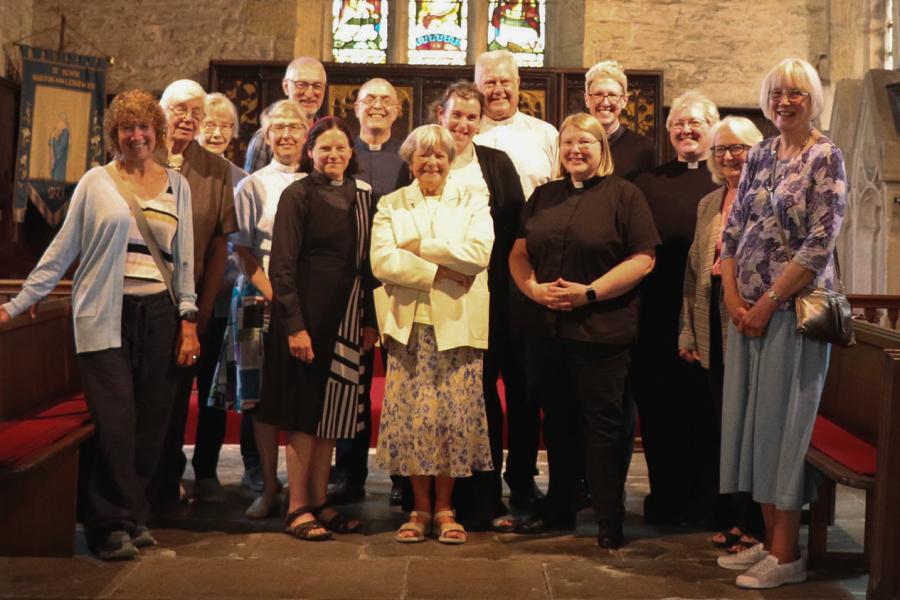 Phillip Johnson, Vicar at Malvern Link with Cowleigh has been part of a group doing some research into mid-sized churches. Here he explains some of their findings.
Phillip Johnson, Vicar at Malvern Link with Cowleigh has been part of a group doing some research into mid-sized churches. Here he explains some of their findings.
During 2020 a group of participants in the second cohort of the Church of England’s Strategic Leadership Development Programme were asked to conduct some research into what diocesan and national strategies worked in helping mid-sized churches to grow.
According to the national church, Mid-Sized Churches are those with an Average Weekly Attendance of between 20 and 60 worshippers. Essentially if you cut the Church of England into thirds, this would be the middle third. Some of you may be immediately alarmed that a church of 25 is “mid-sized” but there are a significant number of churches in rural dioceses that have no population (or are Festival Churches and therefore have no reported numbers in the data) and there are also a number of very large churches in some dioceses of over 400.
Over the first part of 2020 over 400 incumbents responded to an online survey asking them about their experience of leading a mid-sized church and what had worked/not worked for them. This was then followed up by 14 interviews with diocesan staff in 7 different dioceses exploring what resources they offered to mid-sized churches and their perspectives on what worked/didn’t work.
It was interesting that for most of the clergy who responded, they felt that this was the first time anyone had seriously given them any attention. Most respondents felt that large or small churches got support and interest, whereas the group in the middle felt a bit ignored. More than anything. they found the experience of being asked about their ministry encouraging.
Secondly, they were also surprised at being asked; “what works/what’s going well?” A number of respondents remarked that people only seemed interested in where the problems were. Being asked about what they were celebrating or where they were seeing God working in their parishes was immensely gratifying.
The main findings to come out of the research were the importance of intentionality and relationships. We found that no particular intervention or resource unlocked the secret of church growth – but that undertaking activities with a clear intention around how that might encourage congregational attendance did. We had activities ranging from “Ringing the Church bell” to “Matins” to “Alpha” – all of which had made a difference in parishes. There was also no difference in the data between churches of different traditions, training routes, age of clergy etc.
Relationships did though seem key. Nearly all of the respondents felt that they gained key support from friends and family. Sadly though, a number felt that they didn’t get that support from Chapter, nor from ordained colleagues, deaneries or diocesan structures. One of the recommendations of the report is that dioceses focus more on providing support structures to encourage the growth and deepening of relationships rather than just programmes of activity.
There is an accompanying video to the report available here - Mid sized Church Growth SLDP - YouTube
The full written report can be obtained by emailing The Revd Phillip Johnson.

